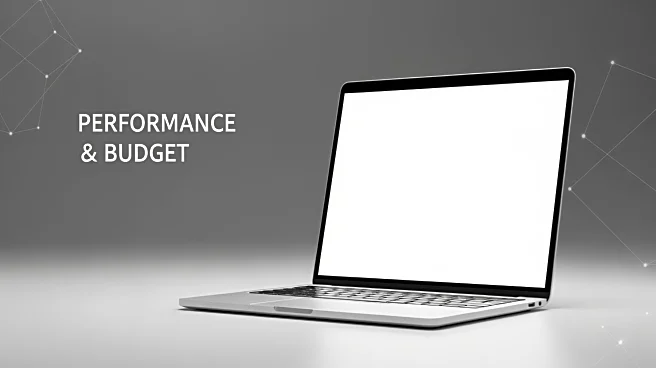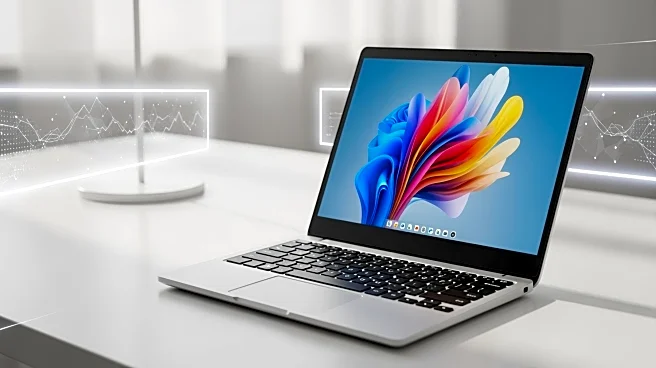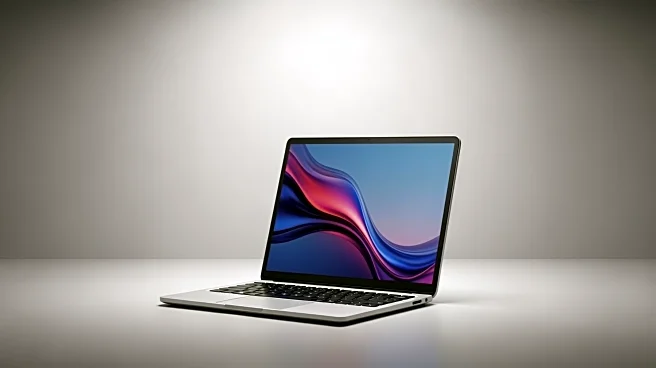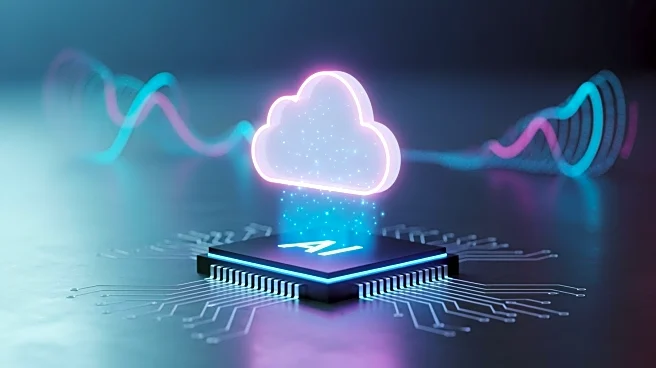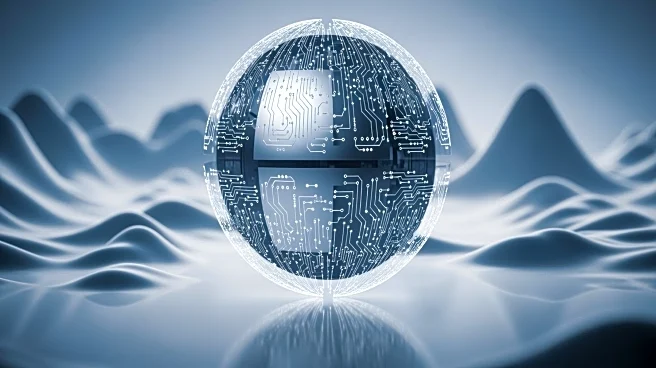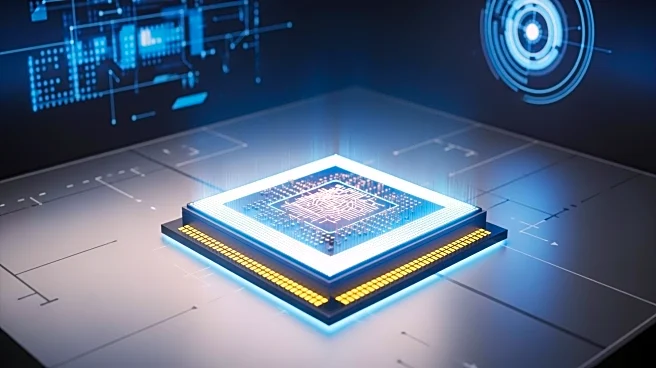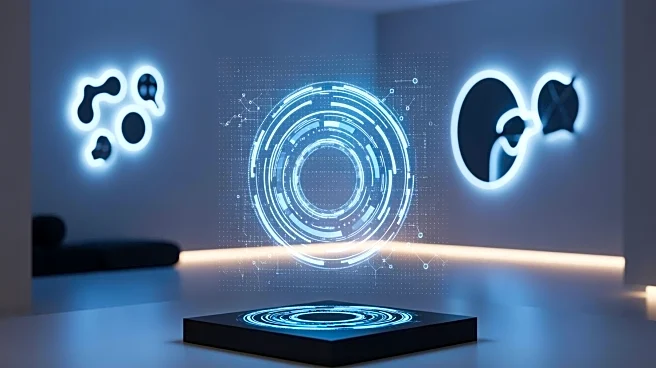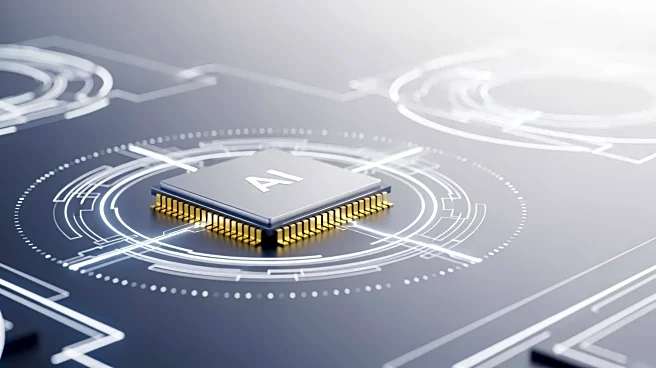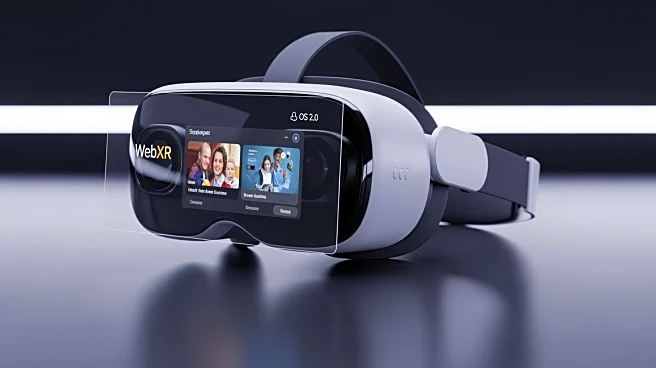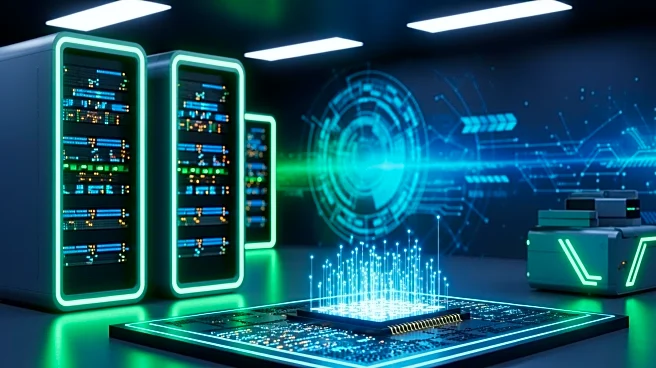What's Happening?
The process of selecting a laptop can be daunting due to the myriad of specifications and technical jargon involved. The primary considerations for buyers are the intended use of the laptop and the budget
available. For general tasks such as web browsing, email, and document handling, mid-range processors like Intel Core Ultra 5 or AMD Ryzen 5 are recommended, along with 16 GB of memory for smooth multitasking. For more demanding activities like professional photo or video editing, higher-end processors such as Intel Core Ultra 7 or AMD Ryzen 9, along with dedicated graphics, are necessary. Gaming laptops require powerful graphics cards, such as Nvidia's 50-series GPUs, and at least 16 GB of memory. Price points vary significantly, with high-performance laptops for editing costing between $2,000 and $3,000, while gaming laptops can be found for under $1,500. Chromebooks are noted for their efficiency and build quality in the sub-$500 range, outperforming similarly priced Windows laptops.
Why It's Important?
Understanding the specifications and price ranges of laptops is crucial for consumers to make informed decisions that align with their needs and financial constraints. The choice of processor, memory, and graphics capabilities directly impacts the laptop's performance and suitability for specific tasks, from casual browsing to intensive gaming or editing. The operating system choice—whether macOS, Windows, or ChromeOS—also influences user experience and compatibility with other devices. This knowledge empowers consumers to select laptops that offer the best value for their intended use, avoiding unnecessary expenses or performance bottlenecks. Additionally, the availability of support services, such as those provided by Apple Stores, can be a significant factor for non-tech-savvy users.
What's Next?
As technology continues to evolve, consumers can expect further advancements in laptop processors and graphics capabilities, potentially leading to more efficient and powerful devices at lower price points. Manufacturers may introduce new models with enhanced features, such as improved battery life and AI-enabled functionalities. Buyers should stay informed about these developments to take advantage of emerging technologies and better deals. Additionally, the integration of laptops with other smart devices and ecosystems, such as smartphones and cloud services, will likely become more seamless, offering enhanced connectivity and convenience.
Beyond the Headlines
The ongoing competition among laptop manufacturers to offer the best performance at competitive prices drives innovation in the industry. This competition not only benefits consumers through improved products but also influences the broader tech market, including software development and peripheral device compatibility. Ethical considerations, such as sustainable manufacturing practices and electronic waste management, are becoming increasingly relevant as consumers demand environmentally responsible products. The cultural shift towards remote work and digital learning further underscores the importance of reliable and versatile laptops.
